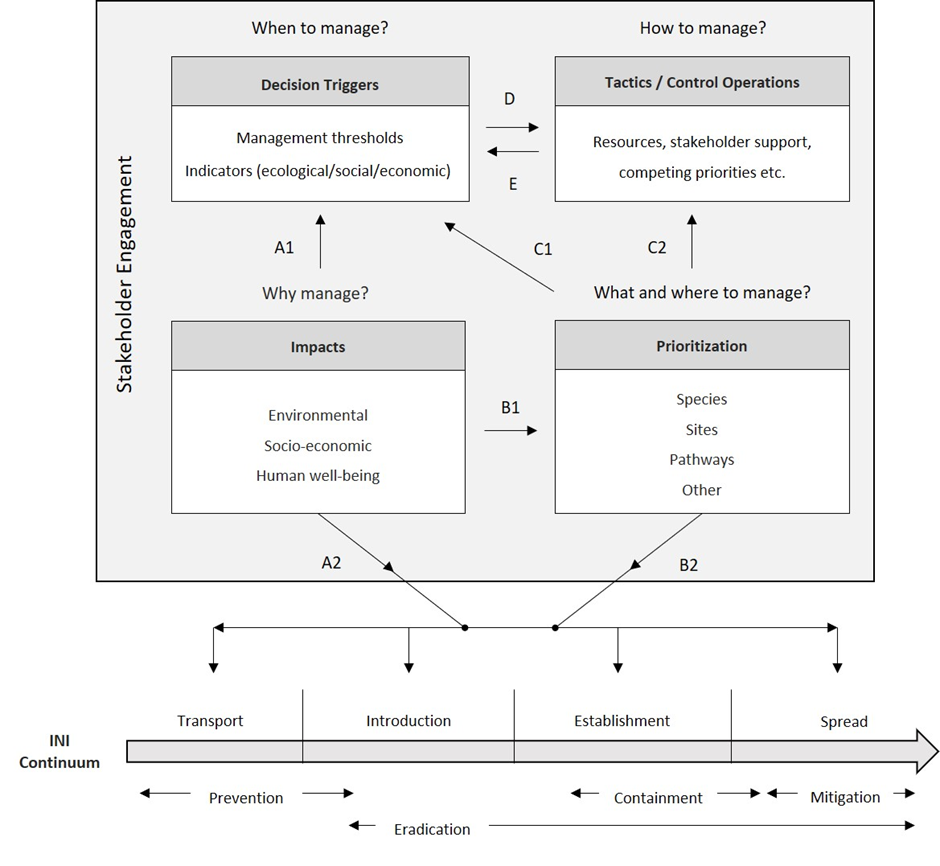Scientists tackle one of Africa’s most destructive invasive trees
The Ecology and Management of Invasive Prosopis Trees in Eastern Africa

The Ecology and Management of Invasive Prosopis Trees in Eastern Africa
In a recent study, Dr Luke Potgieter (C·I·B postdoctoral research fellow), Michele ter Huurne (former C·I·B MSc student) and C·I·B Professor David Richardson used data from the popular community science…

A new study by C∙I∙B Core Team member Sheunesu Ruwanza and co-author Gladman Thondhlana assessed the perceptions, knowledge, and uses of guava to rural communities in the Vhembe Biosphere Reserve, South Africa.

A new study, co-authored by C∙I∙B former PhD student Giovanni Vimercati and C∙I∙B Steering Committee member Dr Piero Genovesi, investigated how and under which circumstances restricted access to private areas limits invasive species management.

Urban areas are foci for the introduction of alien species and very often act as launching sites for invasions into natural ecosystems that adjoin urban ecosystems. Until very recently, the study of biological invasions has focused on developing concepts and frameworks mainly for (semi)natural ecosystems.